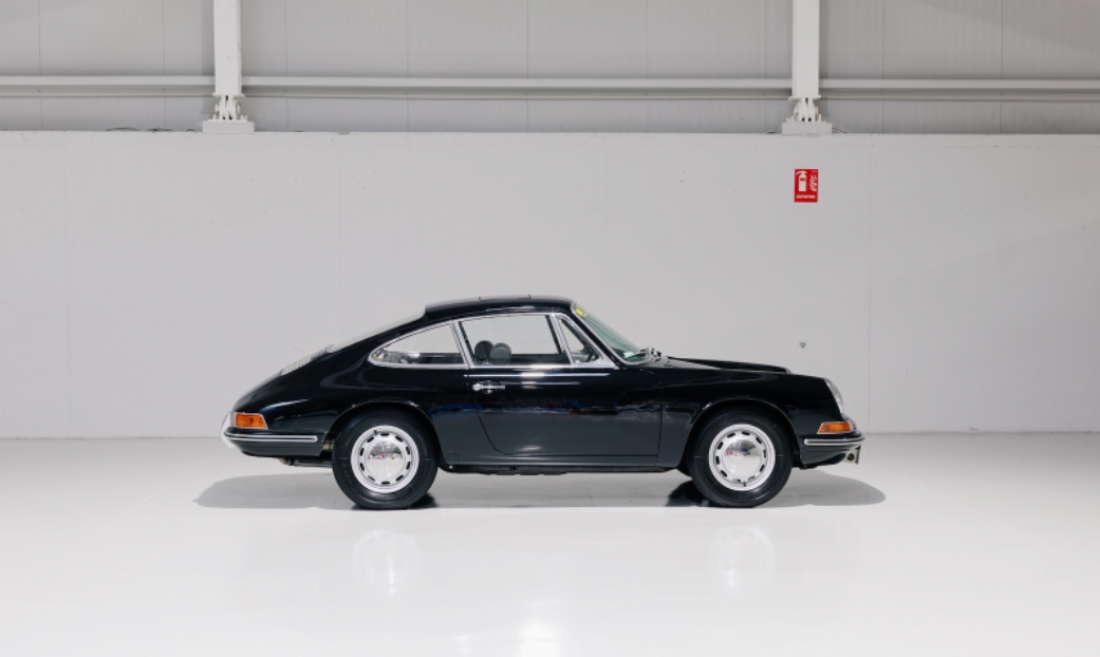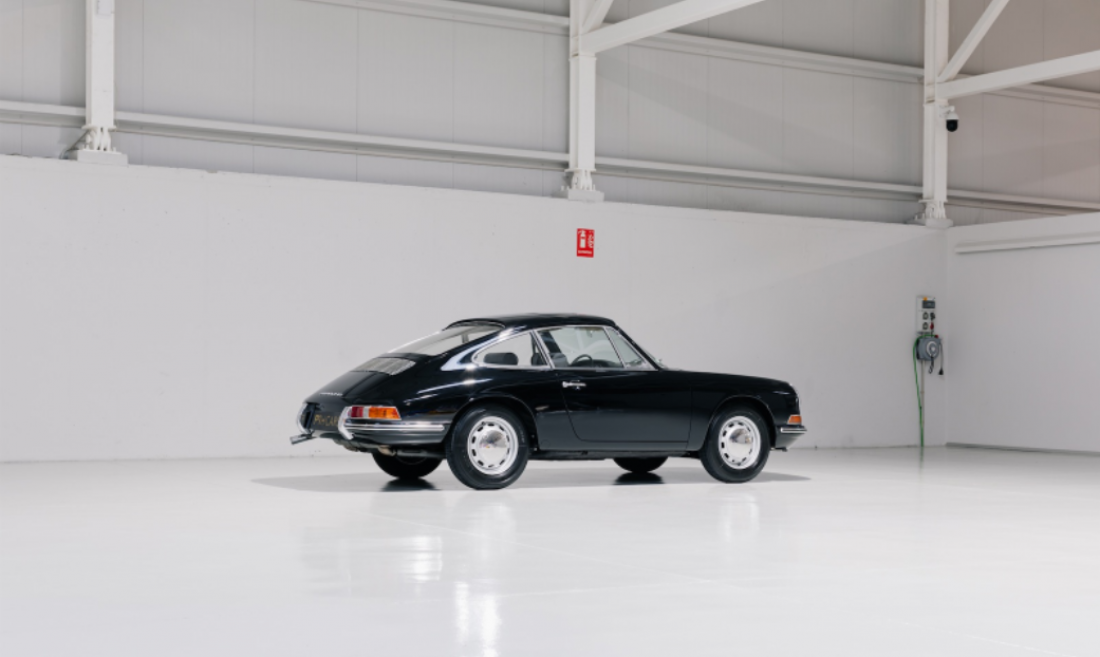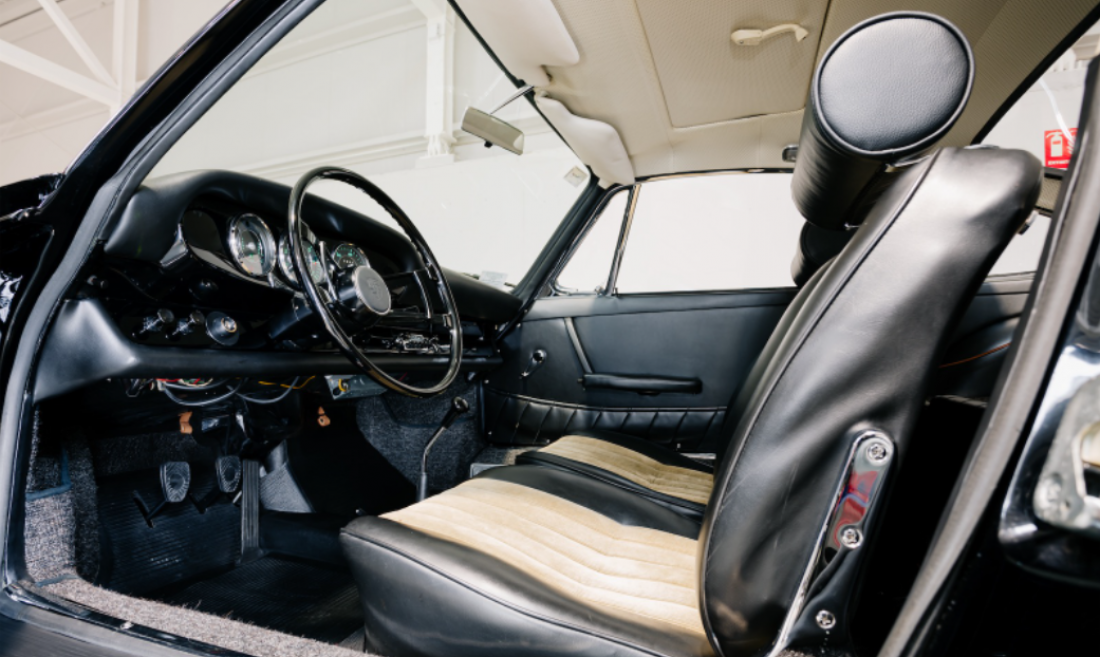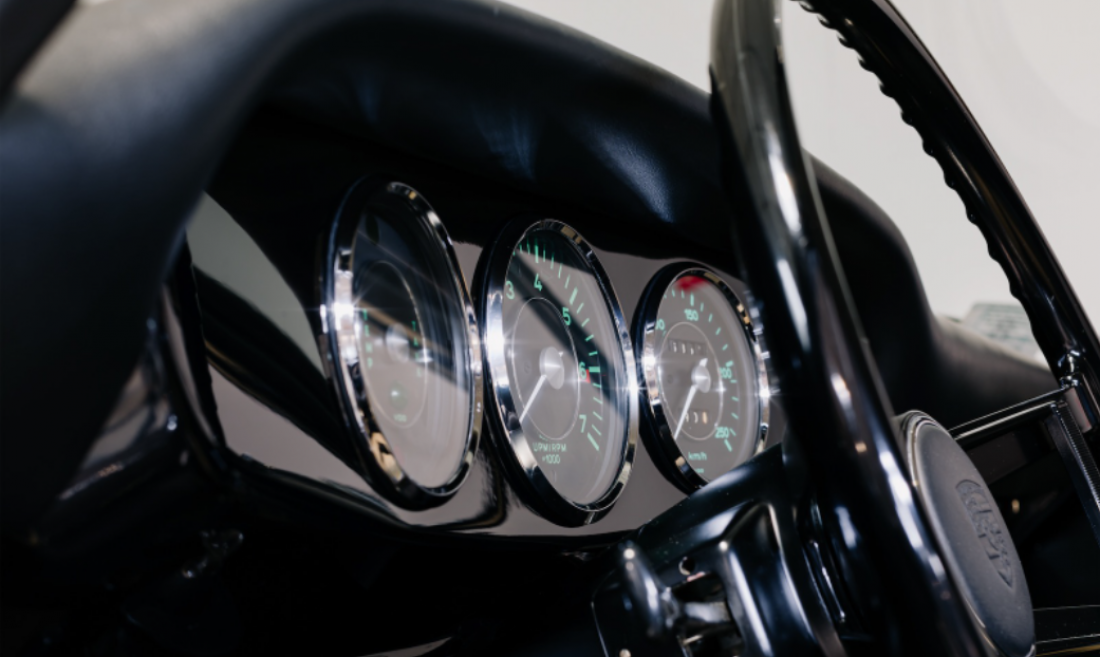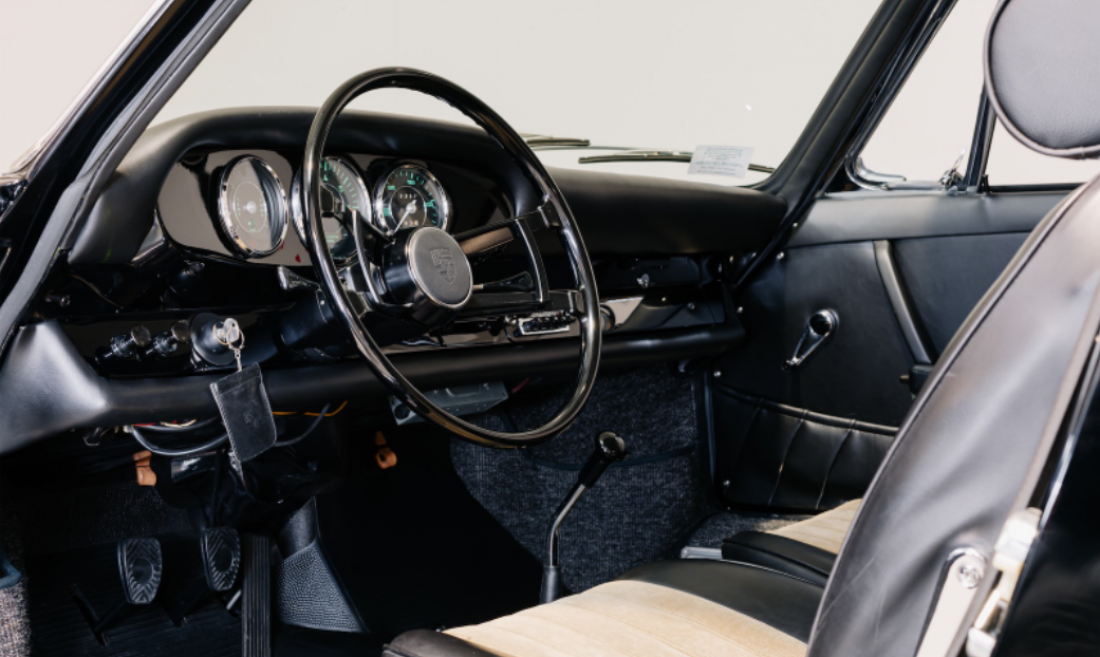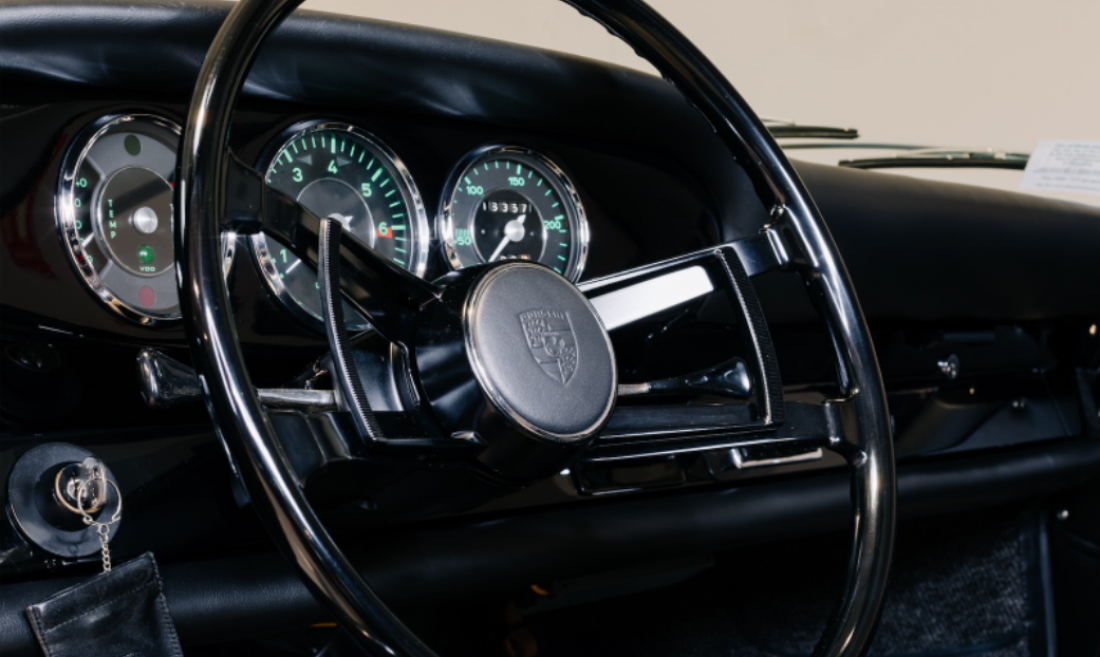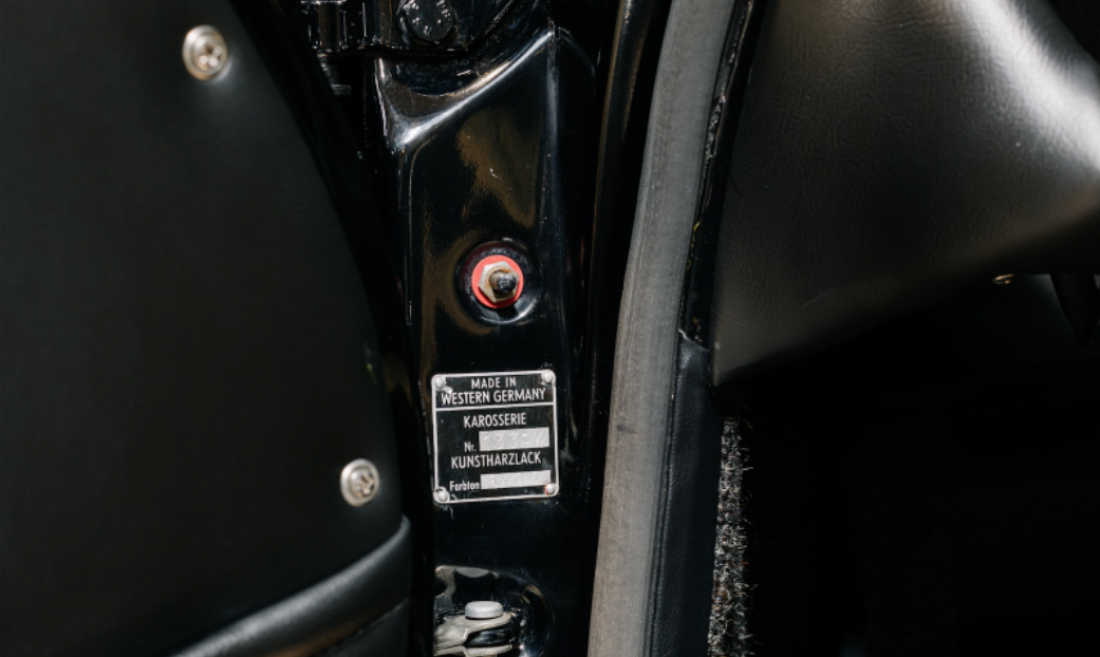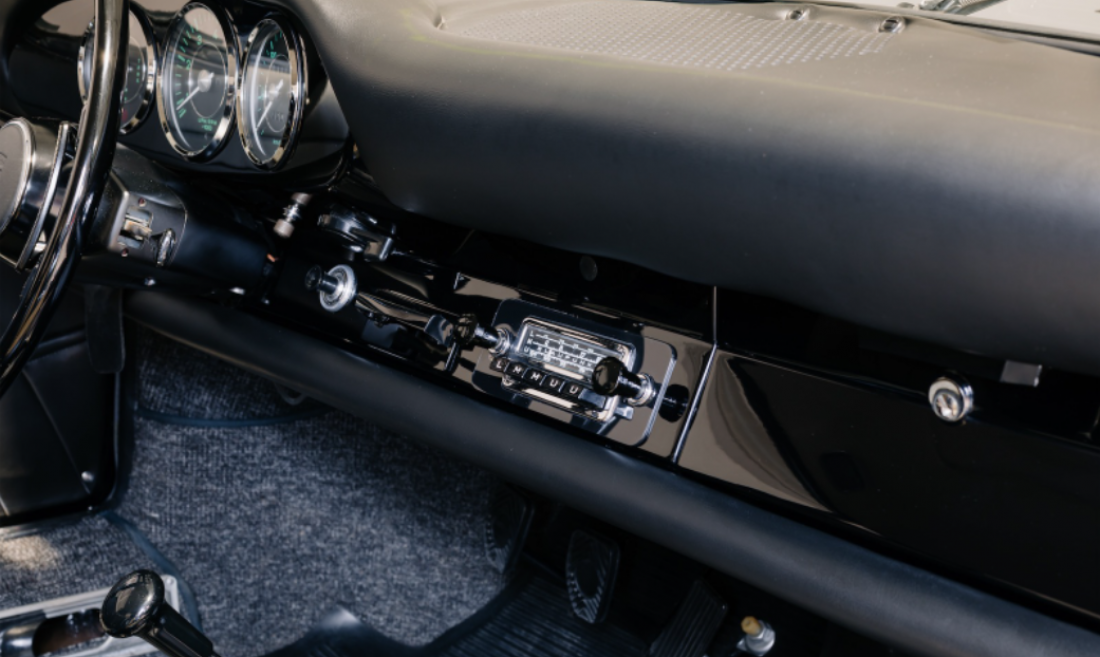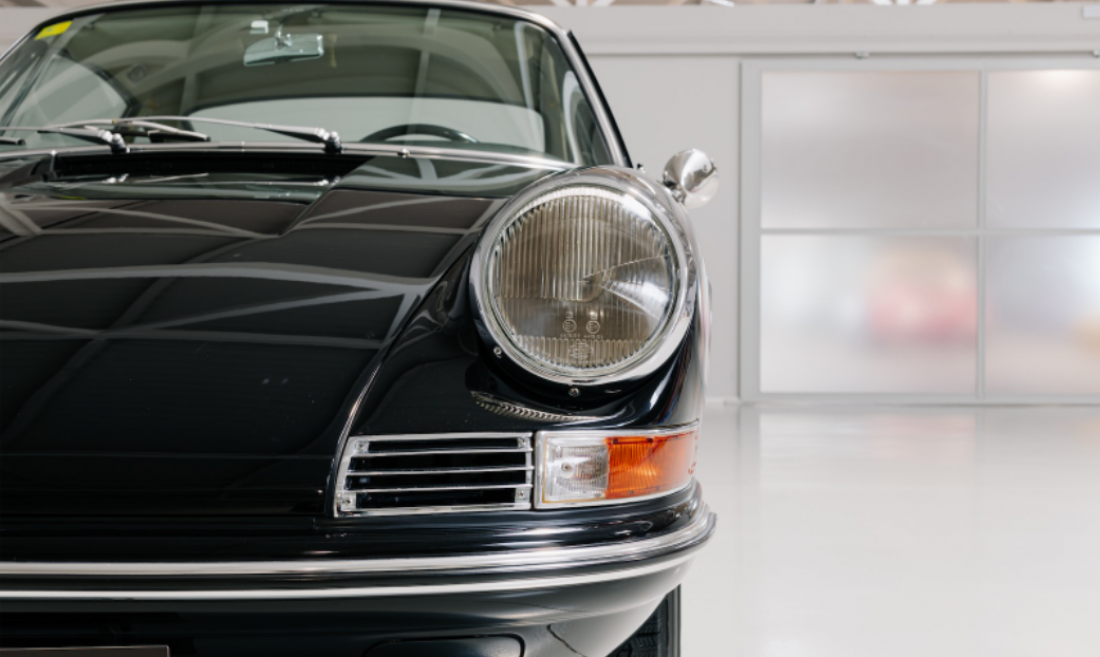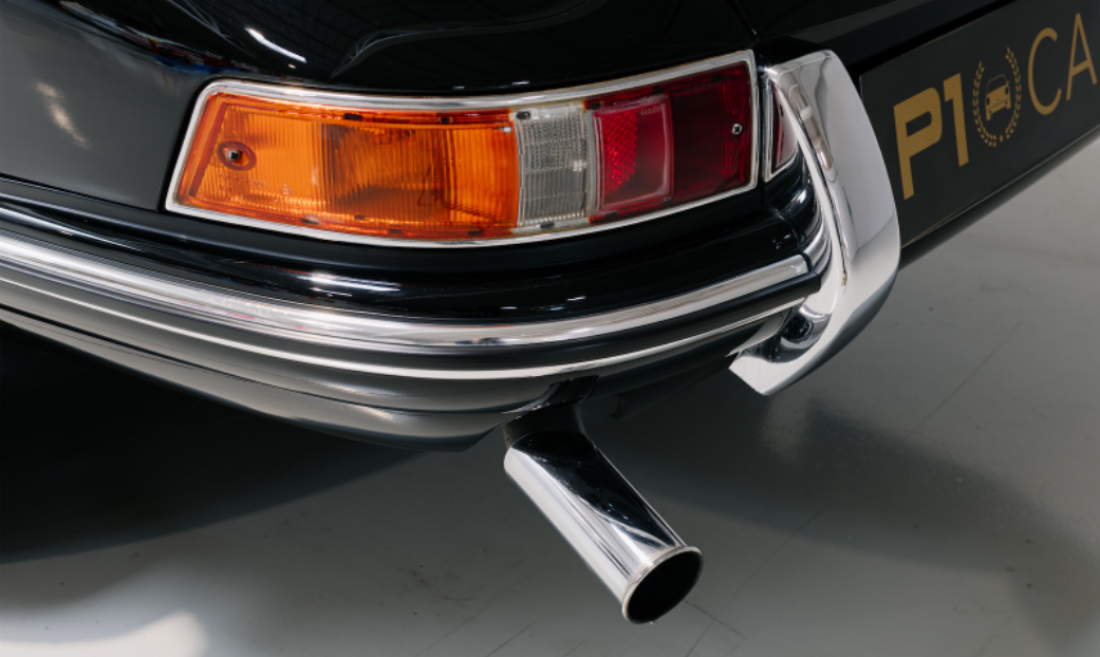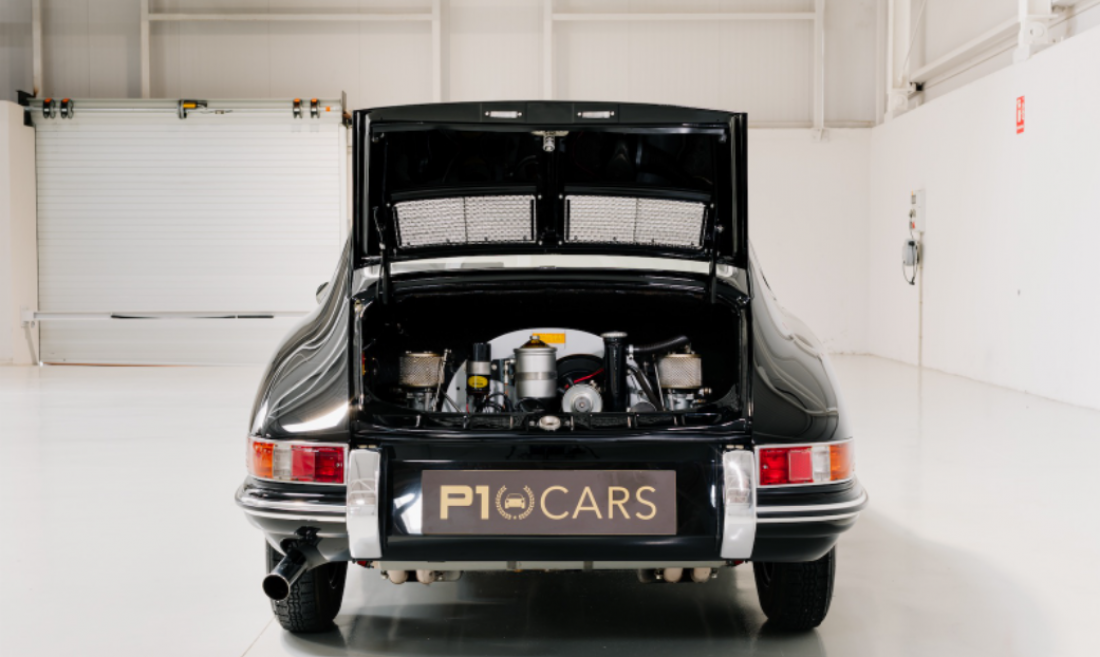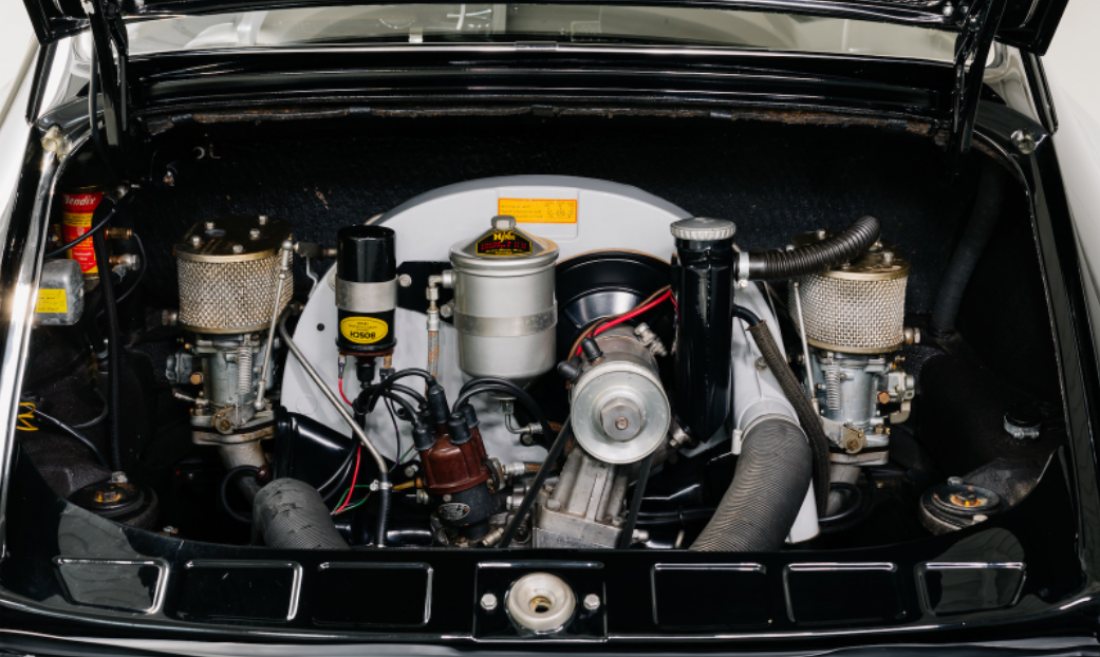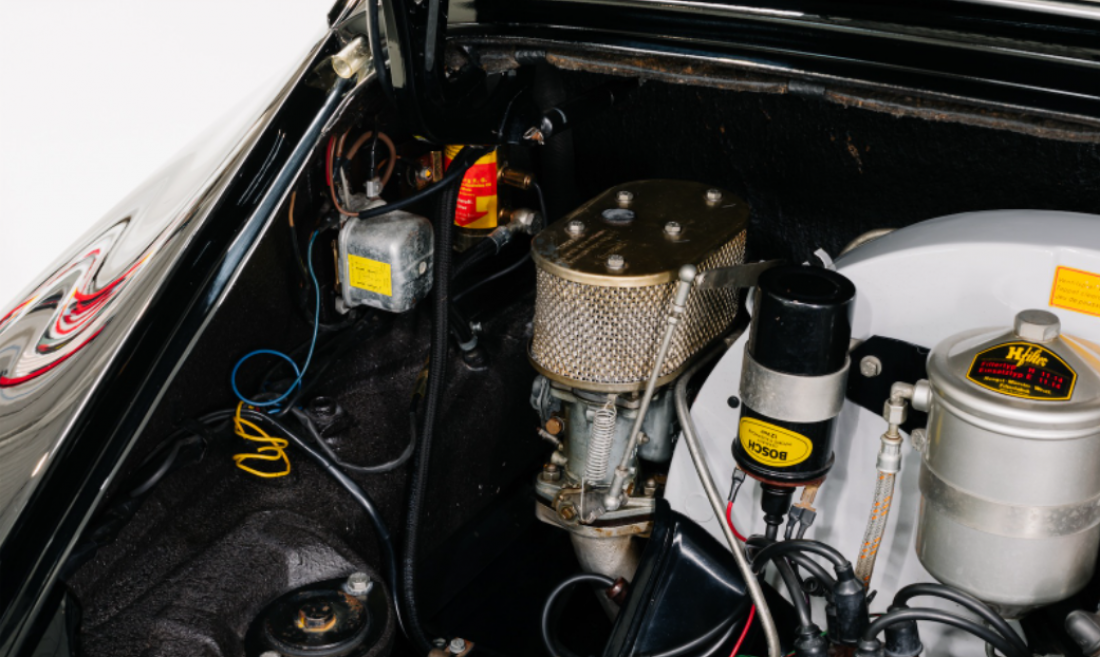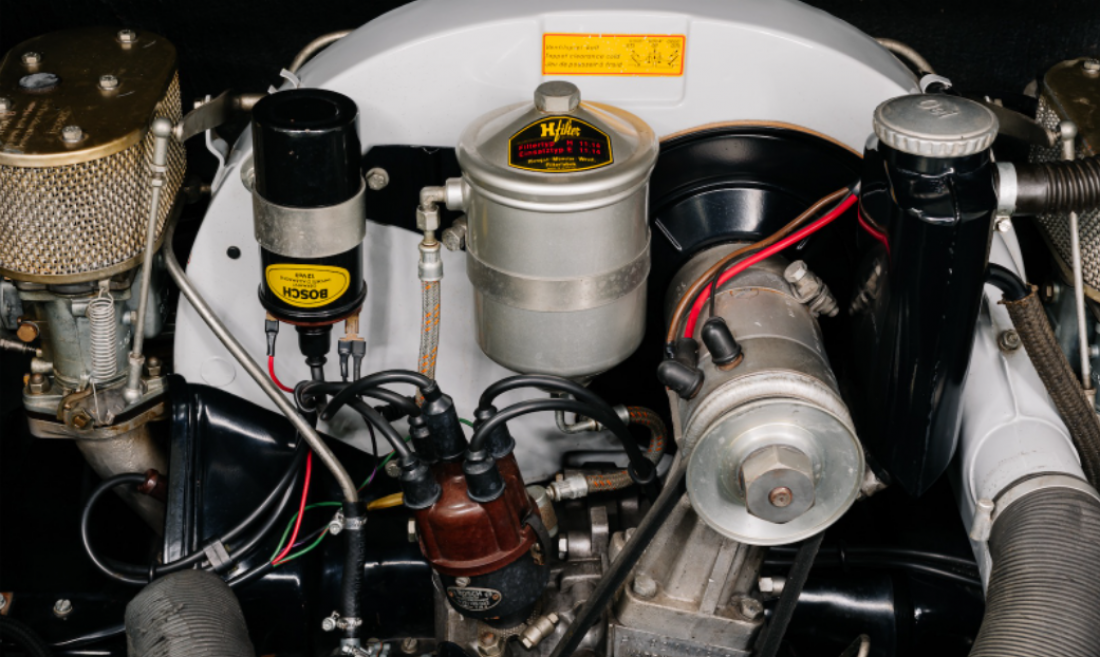While Porsche’s history cannot be conceived without the 901, that would later be called the 911, the contribution of the Porsche 902, that would later become the 912 was just as relevant to the brand.
After 16 years of production of Porsche’s flagship model, the 356, was to be replaced by the newer, more advanced 901 (911) model. The changes were very significant, it had been completely re-designed, it was powered by a newly designed six-cylinder engine, and it was offering newer optionals and features. All this also meant that production costs would drive 901 retail prices significantly higher than the 356’s (Ca. 14.500 DM), announcing after the 1963 Frankfurt Motor Show a retail price of 21,900 Deutschmarks.
The first feedback from customers on the 911 was not as positive as expected. To assure sufficient sales, Porsche directives came up with the idea to introduce a 4-cylinder, less-sophisticated version of the car, to be known as the 902 (912). They also made optional some features standard to the 901’s. Offering a much more competitive price tag, very close to the one of the 356, customers had the chance to enjoy Porsche’s latest at a much more affordable price, and those who had doubts on the newly-designed 6-cylinder engine of the 911, were given an option. The retail price of the 912 would become of 16,520 DM.
Such was the importance Porsche gave to the 902, that gave them the same series of 5-digit VIN numbers as the 901, interleaving consecutive numbers, instead of the 6-digit ones on the production 911’s and 912’s. 901’s and 902’s were used indistinctly for development, some 902’s wore 901 engines and viceversa. After they had concluded its purpose for the factory, and if they had not been destroyed during testing, some prototypes were scrapped by the factory and others sold to employees.
This surviving Prototype was sold to a private individual, Herr. Uwe Nemes, from Gerlingen, Germany, on May 12th 1967. The car was first registered with number plate LEO AY5.
Years after, the car was sold and sent to the USA, where at some point would be linked to the Porsche Brumos collection. At that time, the beginning of the 90’s, reputed Porsche conneisseur and restorer Dennis Frick, from Europa Macchina, was commissioned the restoration of 13394. It was also at that time, where Mr. Frick was asked by Don Meluzzio, the owner of 901 Prototype #13327, or as many call it, “Barbarossa” to restore his car.
Performing a top-quality restoration in a classic car is never an easy task, but it becomes even more difficult when it is a Prototype, as most of what’s presented in it is hand-crafted or specially made for it. Mr. Frick travelled to the Porsche factory to gather all information regarding 13394. Said by his own words, this is what he found out:
“This prototype has several features not found on production 912 Porsches. Its mechanical sunroof is operated by a crank handle, which employs spur and bevel gears, enabling the sunroof panel to lower and slide forward. (The production 911/912 sunroof, in contrast, is electric; it lowers and opens to the rear.) Because of its unusual sunroof design, this car has, concealed behind the headliner, hand-formed wooden platforms for the sun visors. A similarly shaped block supports the interior mirror. In the dashboard, three gauges with 356 style bezel are fitted. Also in evidence is a hand-cut steering lock, suggesting that such devices were tested on this vehicle. In the trunk are six sturdy hooks, two fastened to each of the inner fender wells, and two attached to the latch plate. The hooks are held in place by sheet metal screws, indicating that this was the first car so equipped. (A few very early production cars have similar hooks welded in position.) Members of the factory vehicle research team active during the 901/902 development state that they often fitted the four cylinder prototypes with extra fuel containers in the trunk for long distance testing. It is though that the six hooks were initially installed for this purpose.”
“Additionally, it is believed that some long distance testing of chassis components was done utilizing this car, which has its original engine, number 821118. The engine is an air-cooled, horizontally opposed, 1.6 Liter pushrod four cylinder unit producing 95 DIN horsepower, taken unaltered from the 356 SC.”
After its restoration, it was displayed in several Concourses and events. It took first in class at Amelia Island. It was then sold to a private gentleman, from Massachussets, Mr. Adrian Vanzon in 2006. In 2013 it was brought back to Europe, where it has been part of a collection since.

